Guest blog by Grace Simmonds, Royal Veterinary College.
On Wednesday 11th October the Pasture Fed Livestock Association (PFLA) annual AGM was held at Lannock Manor Farm. The PFLA promote “the unique quality of produce raised exclusively on pasture, and the wider environmental and animal welfare benefits that pastured livestock systems represent”. They are a charitable organisation that do not conduct their own research but collate and collaborate on others research.
As we congregated in the barn over coffee the focus of conversation was on how we can measure the sustainability implications of pasture-fed livestock and what are the problems with the current metrics. For clarification, pasture-fed livestock means that the animals are outside 365 days a year and only fed forage (this can be cut silage/hay as well as grazed); as opposed to free-range livestock, which can be housed for up to half the year and fed grains as an additional feed. The theme of sustainability ran through the conference as the speakers from Rothamsted discussed the implications for soil quality and Natural England presented the subsidies available for mixed-forage leys. It was particularly interesting to hear about the new ways in which soil carbon sequestration and other environmental measures are being assessed and how, when these are used, pasture-fed livestock can result in soil quality and structure similar to a natural ecosystem. The majority agreed that mixed livestock and arable systems are the future of sustainable production as the intensive cropping regimes, which have been occurring for decades, are depleting the soil quality and thus no longer thriving.
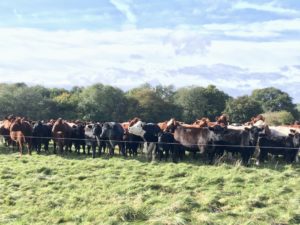
Another theme running through the day was integration of thinking, research, and implementation of projects. Repeatedly I had conversations talking about how many research bodies are studying the same things and not communicating at all! We also discussed the difficulty, but also importance, of linking farmers to learn from each other. If, as stated above, the future for sustainable livestock production lies in mixed farming systems (with the exception of moorland and upland systems, where nothing but livestock is possible) then in areas of the country which have been primarily arable for generations, and therefore there is not the knowledge or skills to keep livestock, then collaboration with livestock producers will be necessary. Although it could be argued that these livestock would then be taking up land that could be used to produce food for direct human consumption, this does not take into account the problems of soil degradation occurring from constant cropping and necessary management of weeds such as blackgrass, which livestock can control without the need for herbicides. Unsurprisingly the organic farmers are the first on board, but there are an increasing number of conventional farmers buying in.
Welfare was also put forward as a benefit of pasture-fed systems. While I agree that, in the best managed systems of their kind, a cow will be happier on grass than in a shed, I have experienced first-hand poor welfare in cows at grass and high welfare in indoor only systems. I was not the only one to have the opinion of “pick your farmer not the system” where welfare is concerned and so think that this aspect should be treated with caution.
To conclude, it was a very interesting day from a relatively new organisation. However, with buy in from organisations such as Compassion in World Farming, Natural England, Rothamsted, and Defra, I am sure we will hear a lot more from them and we can already look out for their logo on products in the supermarket.
Guest blog by Grace Simmonds, Research Assistant in Veterinary Epidemiology, Economics, and Public Health Group at the Royal Veterinary College. Grace is a veterinarian, recent MSc One Health graduate, and IFSTAL alumna who participated in the programme in 2016/17.
Image credits: Grace Simmonds.
The views and opinions expressed in this article are those of the author(s) and do not necessarily reflect the official policy or position of IFSTAL, the Royal Veterinary College or other affiliated bodies.
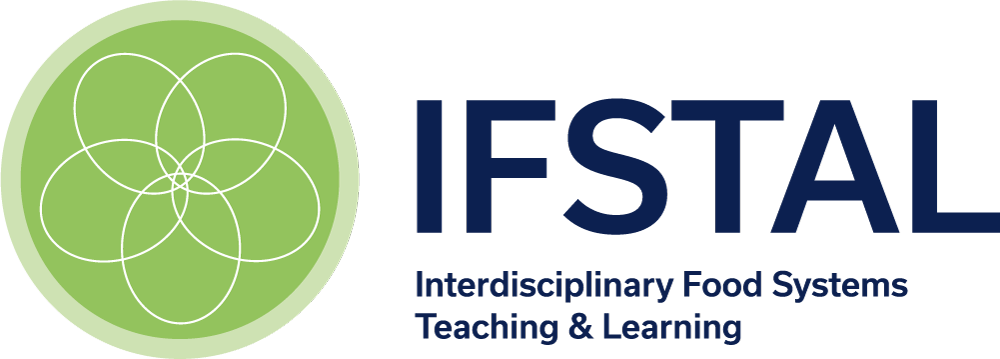

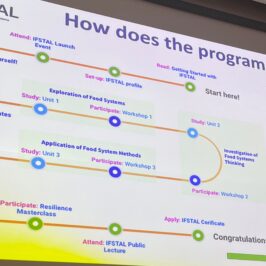

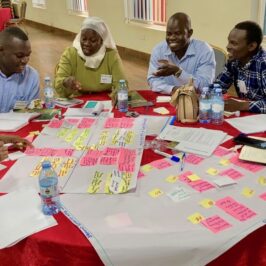
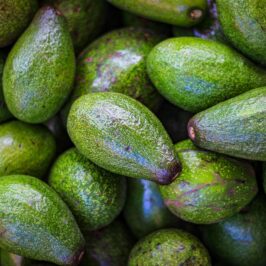
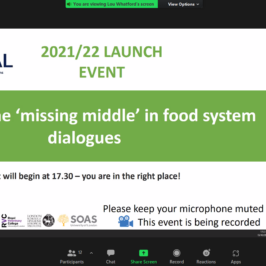
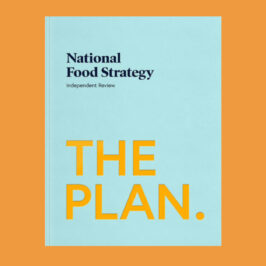
Leave a Reply